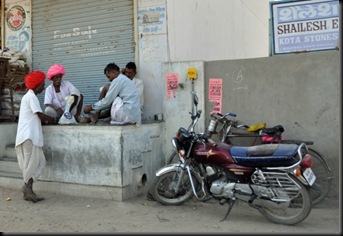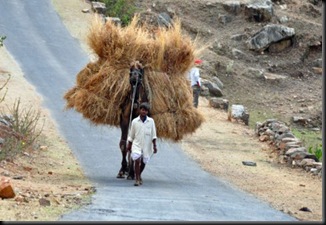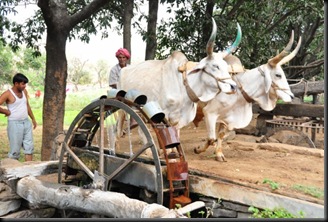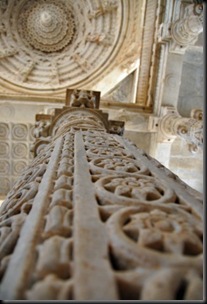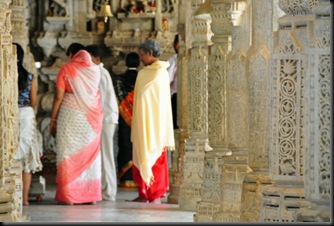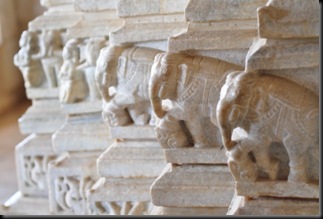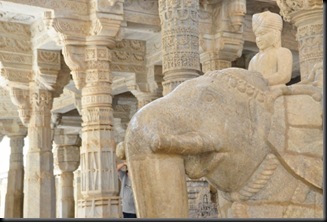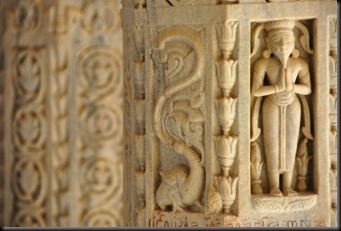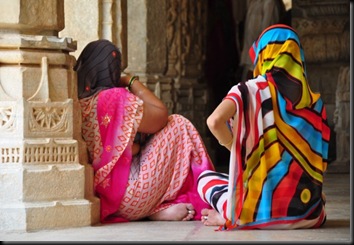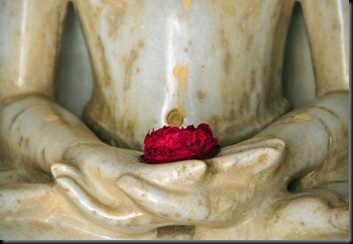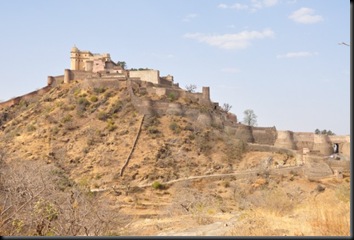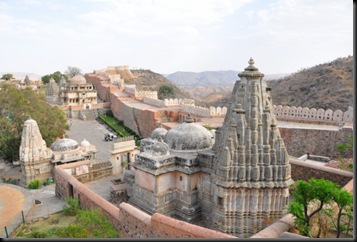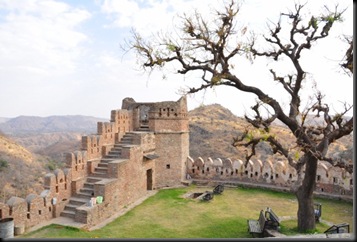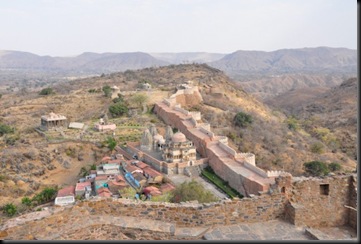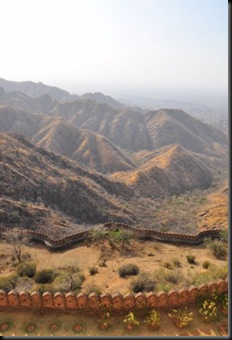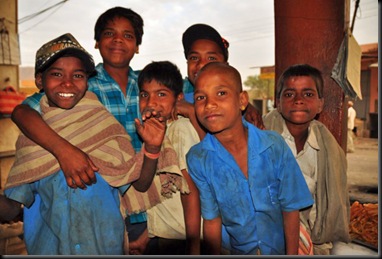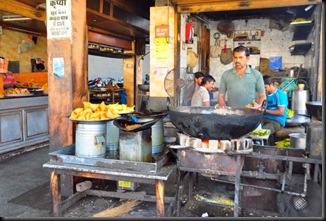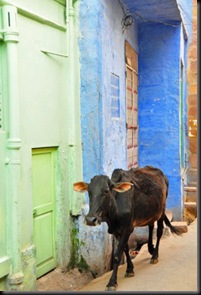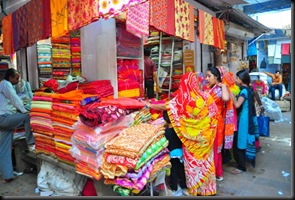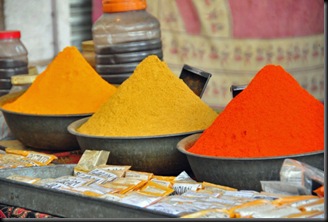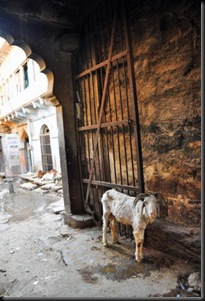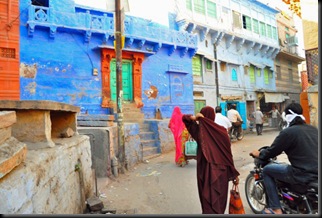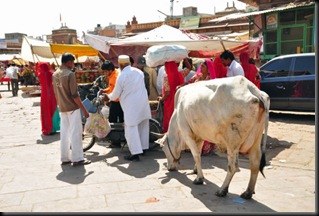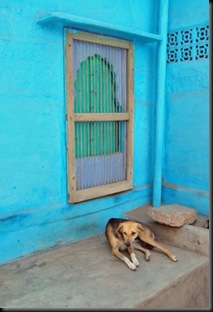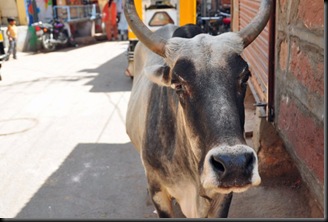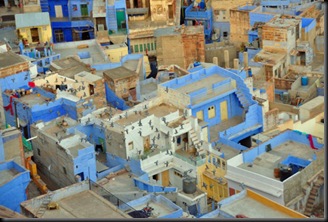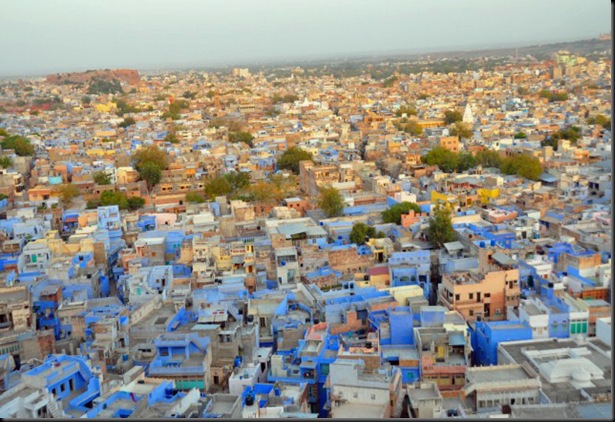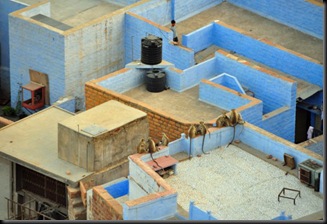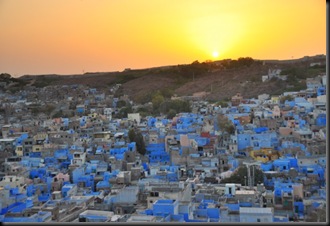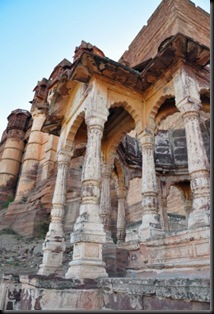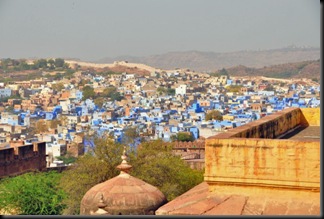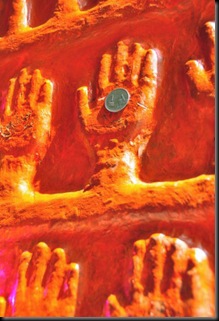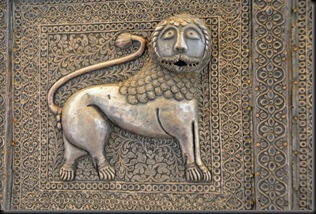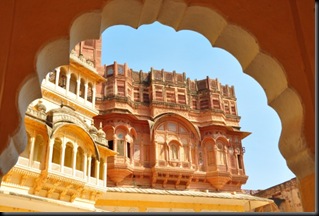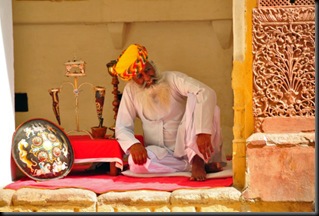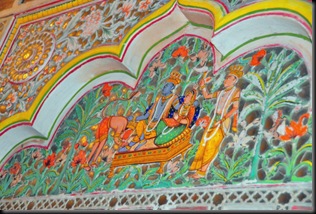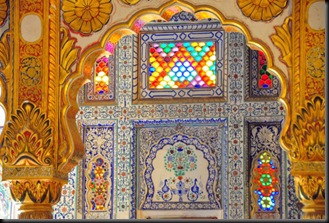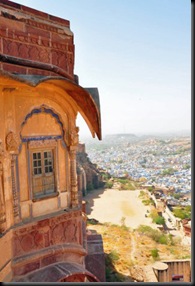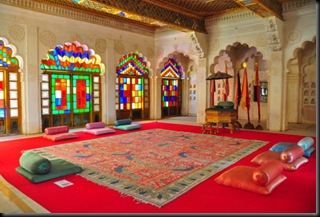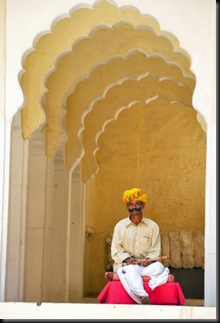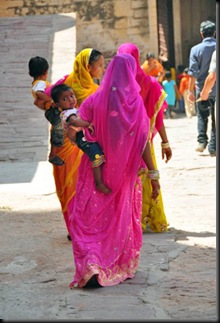Destination: New Delhi, India
Number of days spent: 3
Where we stayed: Hotel Maharaja Continental – 900 Rupees – We would not recommend this place. The location is in the center of town which could be great but in reality the center of town is a pretty seedy place. This hotel probably had the rudest staff we encountered in our 2 year trip. See #3 below.
Best Restaurant: Haldiram’s in the old quarter had great masala dosas among other tasty snacks.
Best of: Humayun’s Tomb was nice and the old quarter is quite lively and worth a stroll.
Worst of: See tips below.
Most memorable: The man at the Jama Majid literally grunting at us to get out before prayer time. The same man was more than happy to take our money for a ‘camera fee’ 5 minutes before closing the place up.
Useful Tip: Ok. Let’s get this out there first – we think Delhi was the worst city we have visited on our trip so far. It’s dirty, polluted and overcrowded. The people who live there (that we encountered at least) are the least friendliest bunch. The touts, tuk-tuk drivers, and hotel owners (at least our anyways) are some of the most crooked in the world. Nearly every wall seems to be used as a public urinal as we could not walk a block without getting hit with the smell of stale urine. After being here for three days we now believe the stories we hear of people getting off the plane only to realize their mistake and get on the first plane back out. Yep, it’s that bad. Having said all that, there are a few redeeming qualities. A few ways to minimize the impact and fleecing that will invariably happen:
- Use prepaid taxi stands. The government takes a couple of rupees but it saves you the hassle that 100% of the time will happen and you get a fair price.
- Metro and Bus it whenever possible. The metro is clean, efficient and cheap. The rub is that it only runs east to west when most of the sites are north to south. Construction is underway to extend the line further south so hopefully in the near future that will help. A few buses are in circulation that are A/C and new. One that we caught and is handy runs the length of Mathura Rd (from in front of the Red Fort to near Humayun’s tomb (the Oberoi Hotel stop; a 10 minute walk.)
- Don’t stay in Paharganj. If there is one city to splurge in, this is it. The last thing you want after a maddening day touring the city is to come back to a dirty and loud room. Even the mid-range hotels just north of Paharganj (where we stayed) are poor value and we didn’t meet another traveler that could recommend the place they stayed at. Look at Karol Bagh instead. It’s near a Metro Stop and there seemed to be several options out in this quieter area.
- Come after the 2010 Commonwealth Games. Even the ‘nicer’ parts of town like Connaught Place are one huge construction zone with piles of dirt, concrete, and scaffolding everywhere.
- Hit the highlights and get out. The ‘major’ sites can be seen in a day and India has so much more to offer than this crap hole of a city…in our humble opinions.
- If all else fails, you know where either the train station or airport are and you know what to do.
We arrived on the train from Agra around 11pm. Having phoned ahead, the hotel arranged for a man to meet us at the station and take us the hotel. So far so good. We followed the man out of the train station, stepping over the bodies that were scattered across the floor of the station and out onto the maddening streets. Even the little man from the hotel could not avoid the extortionist prices being quoted by the rickshaw drivers. We opted to walk. After arriving at our hotel we were given a bottle of water, later to find out that they charged for this ‘kind’ gesture, and kept awake by the loud group of men in the lobby.
Things didn’t get much better in the light of day. Paharganj is a bit seedy, but at least they have these fancy metal detectors in the middle of the road to keep everyone safe.
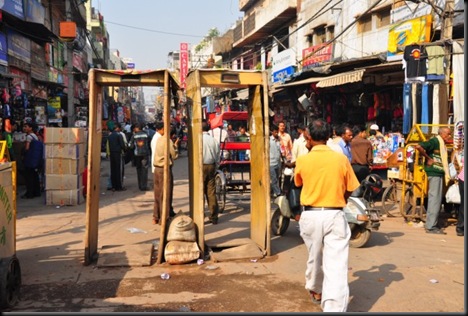
After a couple of unsuccessful attempts to find a fair price for a rickshaw to the Jama Majid, we finally found one that would take us for 20 RP. When we arrived, he claimed that we agreed to 100 RP and even had a couple of his crooked friends ‘translate.’ We shoved the 20 RP in his handle bars and walked off – not the way we wanted to start off the day.
We climbed up the stairs and entered the Mosque where we were greeted by a man who demanded a ‘camera’ fee. Even though we explained that we would leave it in the bag he simply grunted and demanded the fee, blocking our entrance until we forked over the cash exclaiming “Don’t want to pay, leave in hotel!” Despite Tracy’s modest dress (long sleeve shirt and pants; more modest than even some ‘local’ women), they still forced her to wear this ridiculous polka dot outfit. The mosque itself, built by Shah Jahan (same Taj Mahal dude) is quite beautiful and an excellent representative of Mogul design. Not more than 5 minutes after we had paid the camera fee and donned the twister matt for a dress the same rude man came strutting across the courtyard yelling at everyone to get out, it’s prayer time. After ignoring his grunting and general rudeness we still wandered around for a little while longer as a couple of tour groups had snuck in and Mr. Grunt had diverted his attention to them. We wanted to climb the tower, and the ticket man was happy to take our money despite the rest of the mosque being closed. We decided just to leave not wanting to have forked out the money to climb and then be told to leave. After a few more grunts and arm waves we headed for the exit. As Tracy handed over the dress, Mr. Grunt and his sidekick, Backsheesh Bob, asked for tip money. We laughed and grunted back as we made our exit. So much for that site. Word to the wise, don’t go anywhere near prayer time.
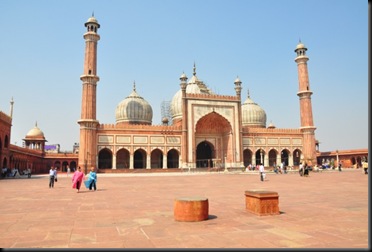
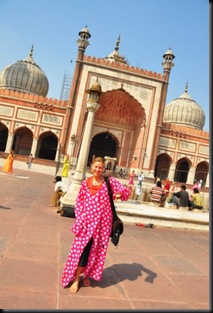
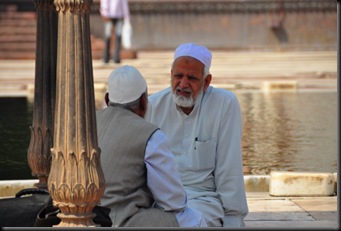
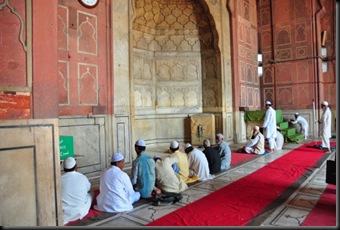
Running between the Mosque and the Red Fort, Old Delhi’s streets provide a fascinating stroll. Each alleyway provides another shopping opportunity with direct competitors all lined up next to one another. Some of the more interesting streets are the wedding dress street, the printing street filled with stationary, and the fireworks alley which we would come to learn that Indians LOVE fireworks for just about every event of significance.
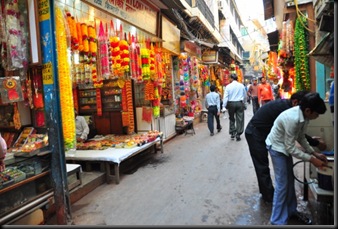
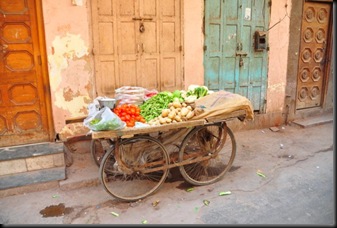
If you have no plans of going to Agra or Rajasthan, then the Red Fort is a nice alternative and worth a quick visit though it’s certainly not as nice as others in Rajastan. This sprawling complex of mosques, palaces, and baths was the last home of the Mogul Empire. Shah Jahan (here he is again at work, draining the states coffers) constructed the fort and declared Delhi to be the new capital. The British took over just a few years later turning the fort into Barracks. Being one of the top sites in one of the most visited cities, it gets crowded and don’t be surprised when a group of field trip high schoolers all break out the cell phone cameras and start snapping pictures of you instead of the fort!
After leaving the fort we felt like we needed a little western therapy so we headed down to Connaught Place. This area once served as the home to the British Raj and is well known for shopping, food, and western style hotels. Stepping out of the metro revealed a slightly different story however. The entire area is one big construction zone. Not just one street, or a couple of buildings, but EVERY street, sidewalk, and pathway have been ripped up. Massive craters and ditches make walking a hazard and the air is filled with dust. We made our way out to the government emporiums, a hassle free way of shopping for items made from all over India. Not exactly the shopping mecca Tracy was hoping for, but it was an interesting microcosm of the entire country. Every state was represented by one store. While the richer states enjoyed A/C, neat displays, and in one case – a cafe cum tea room, the poorer states like Bihar seemed to be struggling to even keep the lights on. It was an unintentional lesson on the dichotomy of India all within two square blocks.
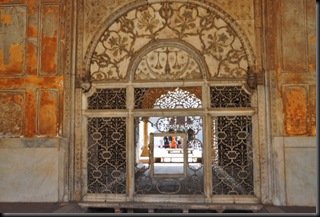
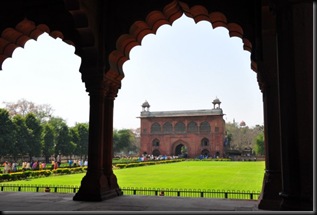
The next day went much better. We started the day off with the Salaam Balak Walk. This non-profit group helps street kids receive an education and hopefully lead to employment one day. The guides are street kids themselves who have learned English. Obviously not a conventional tour, you are lead behind the train station to see the squatter village that has sprung up along the tracks. The families who live here are mainly railroad employees scraping by. Their water comes from the taps that the train company uses to wash out the carriages. The day we are there, they have just learned that the government plans to destroy their makeshift homes and have given them 30 days to move. A family sits on an abandoned platform, flies in the children’s eyes like something off a late night info commercial generally reserved for drought stricken Africa, not an emerging superpower. It’s a sad and harsh reality that some have come to terms with while others have not. An American woman on our tour, in India for a wedding between two well off Indian friends, starts to cry at the sight.
In the run up to the Commonwealth games, the city has taken great measures to make sure the best face is put forward to the world. The most prevalent road blocks that appear in every city small or large in India, the Holy Cow, have all been herded up and hid behind the main streets out of the public eye. No one likes to air their dirty laundry, but in a nation that is expected to pass China as the world’s most populated state, little can be hidden for too long.
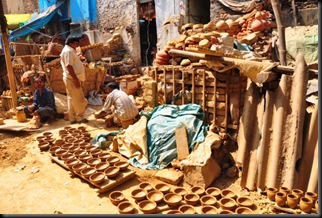
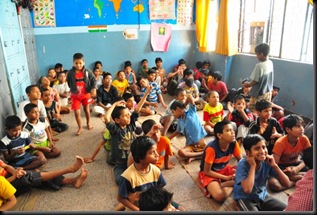
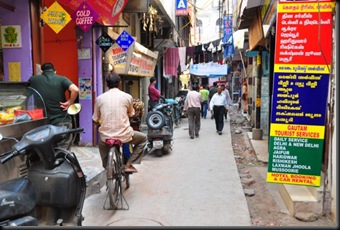

From the have not’s to the haves, we took a quick cab ride to the south to Khan Market. As one of the more affluent neighborhoods in Delhi, English is spoken as a sign of wealth and upper class. Chic stores and cafes all cater to the upper crust and foreign expats. We wandered around for a while doing a little window browsing, a bit of hassle free shopping (Tracy recommends Anokhi for great cotton clothes which are nice and cool in hot India weather and conservative enough to keep the staring to a minimum as well as the Silverline silver store for enamel earrings), picked up a few books to read at the English bookstore and had an overpriced coffee before heading back to run down Pahrgang.
Upon checkout of our hotel we asked how much it should be to go to the Old Train station. They quoted us what we thought to be a ridiculous price and asked why it was so much. It didn’t look like it was that far on the map, but responded that it would take about an hour to get there. Skeptical, but naive, we trusted our hotel to help us out and got in the rickshaw. 20 minutes later, we had arrived and even more upset with our hotel. Since our train was not until 8pm, we left our bags at the station and set off for a little more exploring.
Not to be missed, and in our opinion the highlight of Delhi sites is Humayun’s tomb. It’s a bit of a slog to get out here by public transport, but the peaceful setting and the beautiful building was more than worth it. Predating Shah Jahan’s enterprises, this tomb is an outstanding example of Mogul architecture and style. The gardens are equally as nice and well kept.
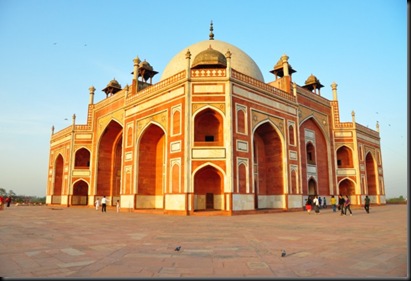
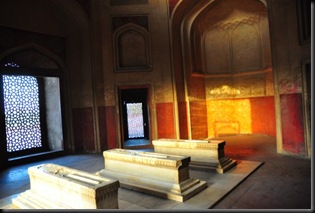
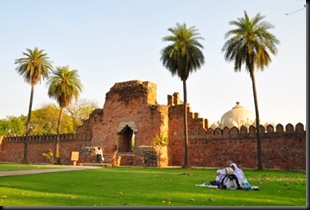
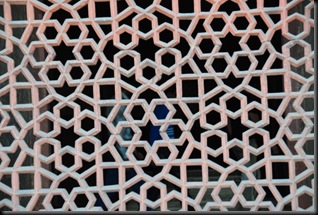
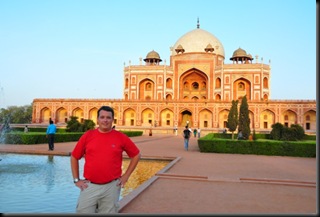
Having reached the ‘fed up’ stage with Delhi, we were excited to be moving on and thankful we had decided to only spend three days here instead of the 5 or so we had originally thought we would need. We made one last stop at Haldiram’s, one of the highlights of Delhi, before catching the night train out to the ‘blue city’ of Jodphur!
